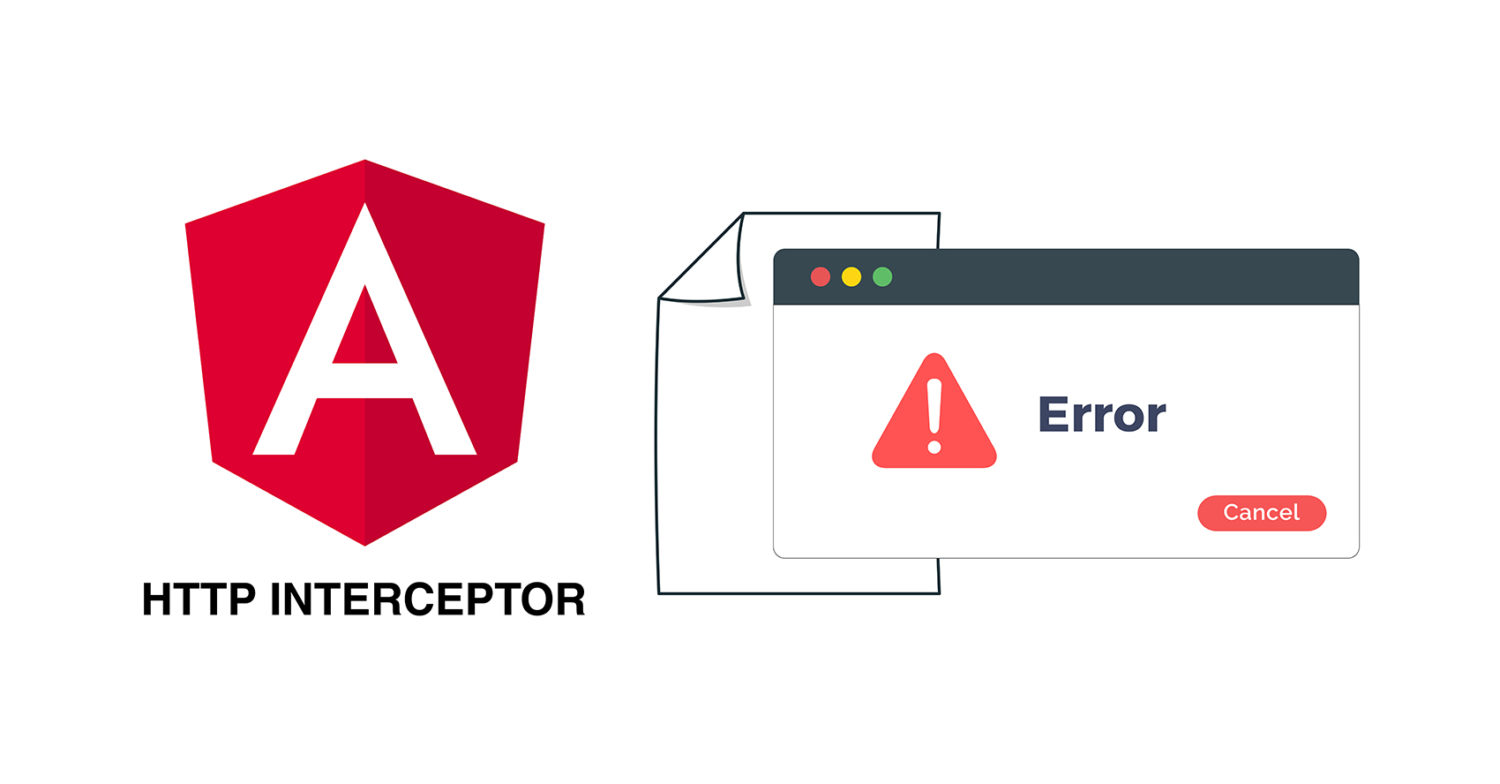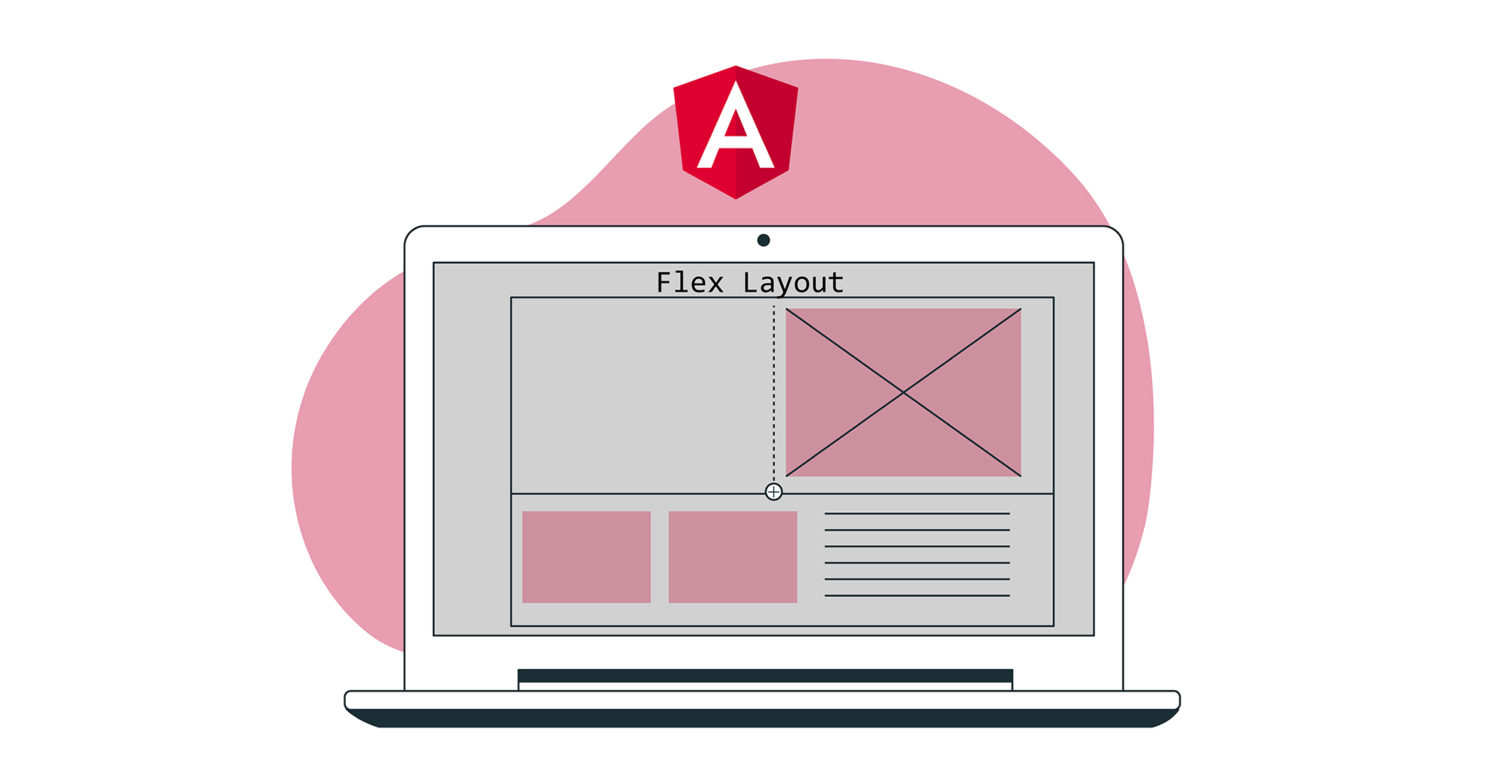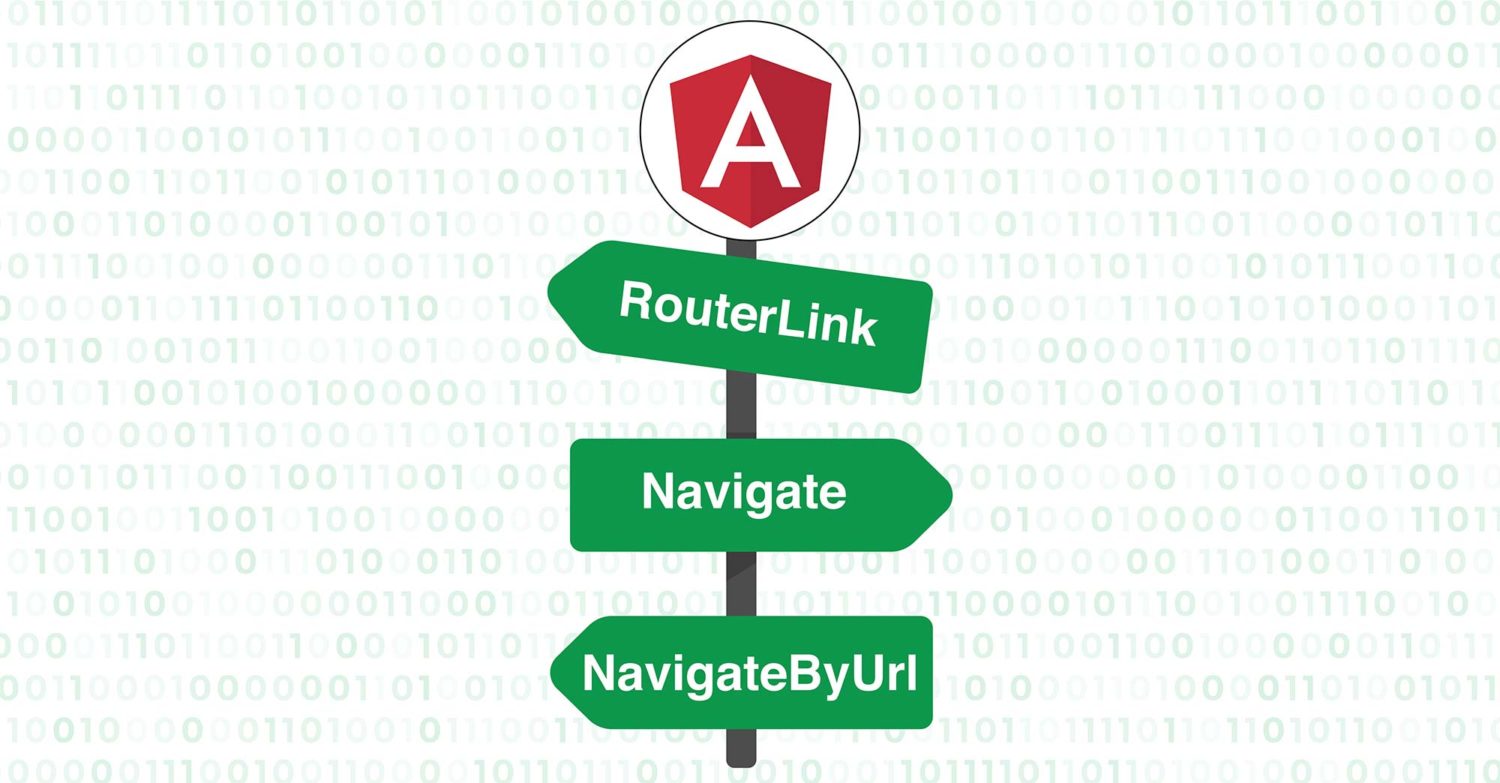If you have been developing an application using AngularJS, you are probably aware of HTTP interceptors. However, these HTTP interceptors were not available in Angular until version 4.3. In this tutorial, we will be using interceptors in Angular to handle HTTP requests and responses, and process errors. Prerequisites Angular applications use Node.js runtime. To complete this tutorial, you will need …
Using Query Parameters with Angular Router
Introduction When building applications, there might be scenarios where we want to pass in some arguments or parameters to describe the behavior of the route. In Angular, these are called query parameters, and they are optional. Query parameters should not be confused with regular route parameters that are required parameters and bound to one route only. To clear the difference …
Implementing Flex Layout in Angular: A How-To Guide
Introduction CSS Flex Layout is used to create flexible fluid layouts. However, when using Angular there are scenarios when we need more dynamic control over the layouts. Further, using CSS Flexbox requires complicated styling which can be hard for many developers. Flex Layout is a component engine that aims to solve this problem. It provides a set of directives that …
Navigation with RouterLink, Navigate, and NavigateByUrl in Angular Router
Introduction Angular applications are very common these days. They are built with the concept of Single Page Applications (SPA). In such applications, routing across the web pages is different from traditional websites since components are used. In Angular, you need to use RouterLink for navigation to route across the application. RouterLink is a directive, and it provides Router.navigate and Router.navigateByURL …





